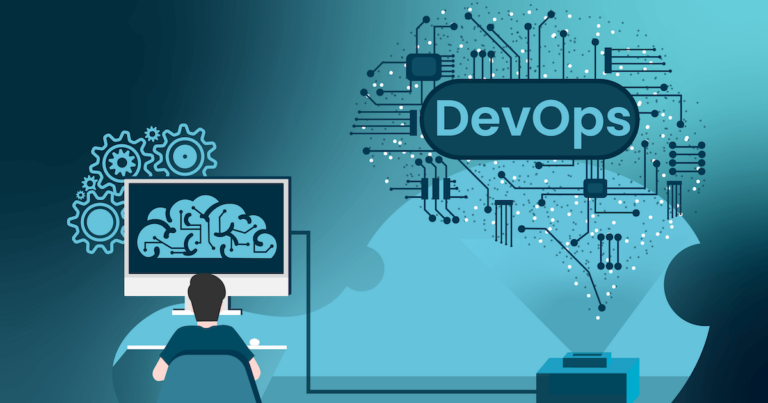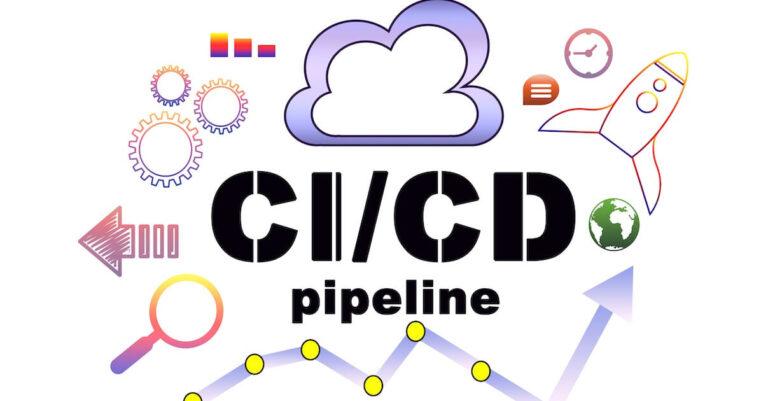Many companies struggle to balance the speed and frequency of releases with an established paradigm of handling security and compliance. The question is how organizations can make peace between the two and focus on accelerating the adoption of model cloud technologies offering the flexibility and scalability to respond faster to internal and external business needs.
If we believe in Mckinsey’s report, DevSecOps can solve the problem. DevSecOps is fulfilling the promise of an agile, reliable, compatible, and secure IT infrastructure. Modern software practices – Agile, DevOps, and other methods are being leveraged by enterprises to meet the rising need for adaptable and repetitive processes and better security practices. DevSecOps offers a flexible and composable solution in the form of repetitive processes and also maintains security right from the starting phase of the software development life cycle and meets all new business requirements.
According to Gartner, by 2023, more than 70% of enterprise DevSecOps initiatives will have incorporated automated security vulnerability and configuration scanning for open-source components and commercial packages.
Through DevSecOps practices, enterprises can achieve robust automation, configuration management, container orchestration, modern infrastructure, and cloud computing technologies. Custom code security with various testing practices, including Static Application Security Testing (SAST), Dynamic Application Security Testing (DAST), and Interactive Application Security Testing (IAST), is expected to increase the adoption of DevSecOps solutions.
Moreover, the covid-19 outbreak had a positive influence on the DevSecOps market. Small, medium and large enterprises (SMEs) decided to move towards cloud platforms to maintain business resiliency.
As per the research conducted by Emergen, the Global DevSecOps market is expected to register a CAGR of 32.2% over the forecast period, and revenue is projected to increase from USD 2.55 Billion in 2020 to USD 23.42 Billion in 2028.
What is DevSecOps?
DevSecOps is the integration of development, security, and operations throughout the software development and deployment lifecycle that delivers robust and secure applications. The main goal of DevSecOps is to provide seamless security in the continuous integration and continuous delivery (CI/CD) pipeline in both pre-production (Dev) and production (Ops) environments.
Traditionally, software development is often called the waterfall model approach, as each stage of the process – design, development, and testing- is separate. One stage can’t be started until the former one is completed. Therefore, security considerations and practices were often introduced late in the development lifecycle. With the rise of cyber security attacks and development teams shifting to shorter and more frequent iterations of applications, DevSecOps is becoming a tech trend for making applications more secure, scalable, and resilient.
DevSecOps enables security testing seamlessly and automatically. Developers run security tests in the development and production phase in near-real-time and they are immediately able to discover all instances of a vulnerability running in production soon after any security risk is announced.
DevSecOps Best Practices
Adoption of DevSecOps approach in DevOps pipeline has implications on each stage of the product life cycle. Planning – From the root of a new product, the Agile team is aware of their security responsibilities, and security experts are embedded in the team. Teams start by quickly modeling threats and risks and then identifying and prioritizing backlog items required to create the product secure, reliable, and compliant. To ensure the security best practices, the team takes advantage of existing architectural designs that have been developed in collaboration with security and reliability experts. Hence, they speed up the process of planning and design.
Coding
Developers constantly update their skills and knowledge to improve code quality and create secure and resilient infrastructure. They leverage reusable coding patterns, containers, and microservices to build the functionality of the architecture and meet the security and agility requirements for end-to-end encryption, authentication, observability, and business continuity.
Reviewing
Teams review code as often as possible as a part of regular agile sprints with the help of automated and manual checks. Automated code analysis tools such as SAST, SonarQube and Fortify are used to automate security in every sprint and code release of the software development. Senior developers with secure coding expertise conduct peer reviews and ensure that software has all required standards and practices.
Testing
This phase is executed once a build artifact has been successfully built and delivered to the staging or testing environment. The Agile team creates automated security tests along with functional and performance tests. Testing ensures that the process is consistent and efficient and makes the security requirements explicit. Dynamic application security testing (DAST) tools and open-source tools – OWASP ZAP, SecApp suite are used to detect application flows such as authorization, authentication, endpoints connected to APIs and SQL injection.
Deployment
In this phase, code is successfully delivered to the production environment via well-engineered automated processes to ensure that the right software is built and deployed securely and safely. Developers can identify security problems that affect the live production system during deployment and can also apply chaos engineering principles by testing a system to maintain resiliency. Additionally, Agile teams have secure production hosting environments that can be rapidly invoked through APIs, reducing wait times and minimizing risks.
Operations
The operations team performs real-time monitoring and network intrusion detection and detects vulnerabilities to increase the efficiency of the processes. If any vulnerability is identified, teams take the resolutions and solve the issue to ensure that the product’s reliability and security are constantly improved. Also, DevSecOps team uses the infrastructure automation tool – IaC to protect the organization’s infrastructure while stopping human error from slipping in.
Final Thoughts
Security must be their principal focus as more development teams modernize their processes and employ new tools. Every time new code is deployed, DevSecOps needs to be used and improved in a cyclical manner. The evolution of modern software teams is essential, given the ongoing evolution of attacks and exploits. DevSecOps is a novel approach to security, and the technology created for it should be widely used. Our continuous pipeline will be helped by DevSecOps principles to lessen the possibility of security problems, enhancing client confidence in the company.




